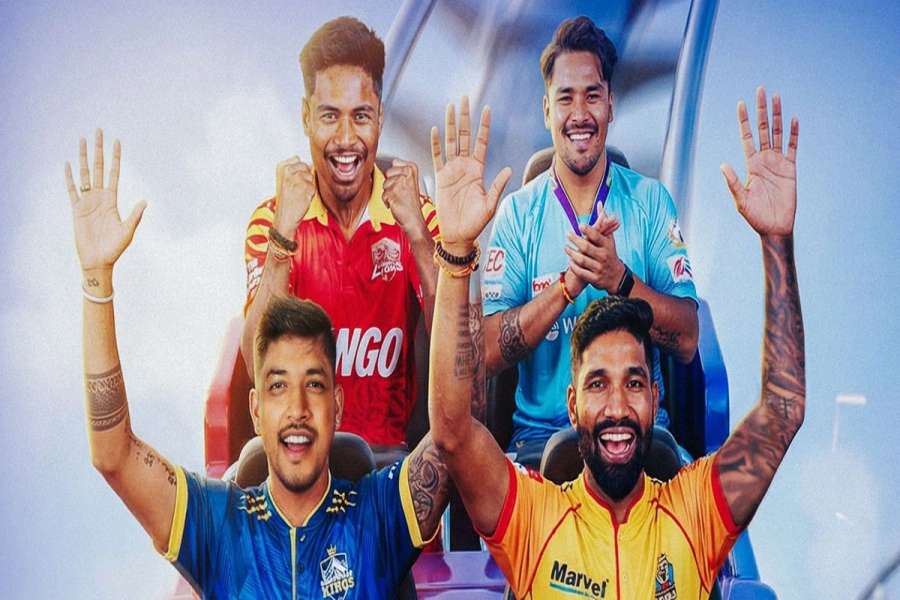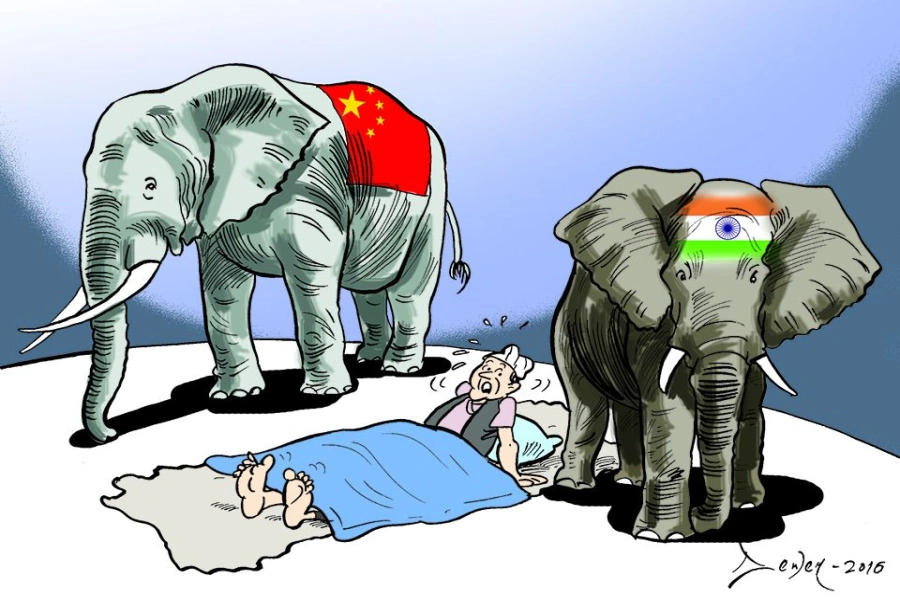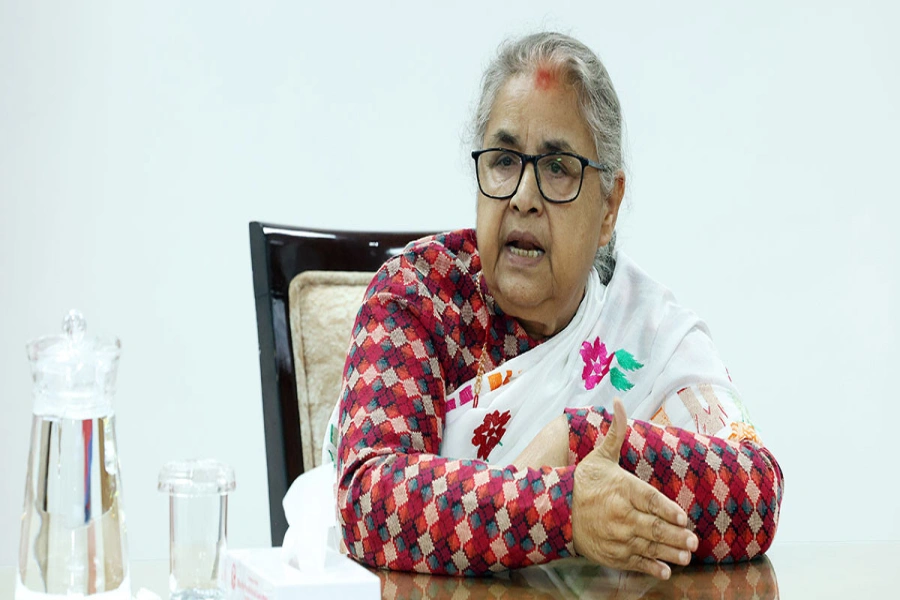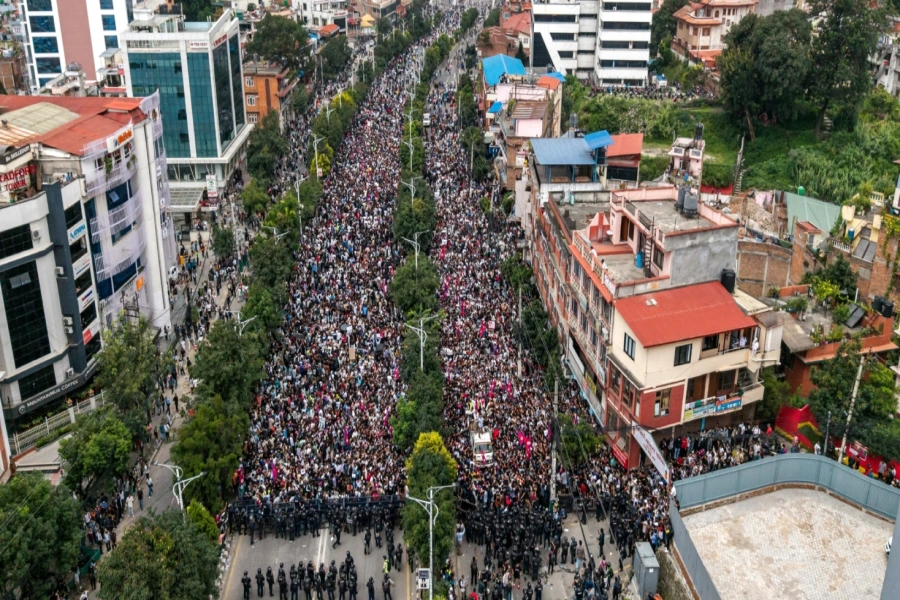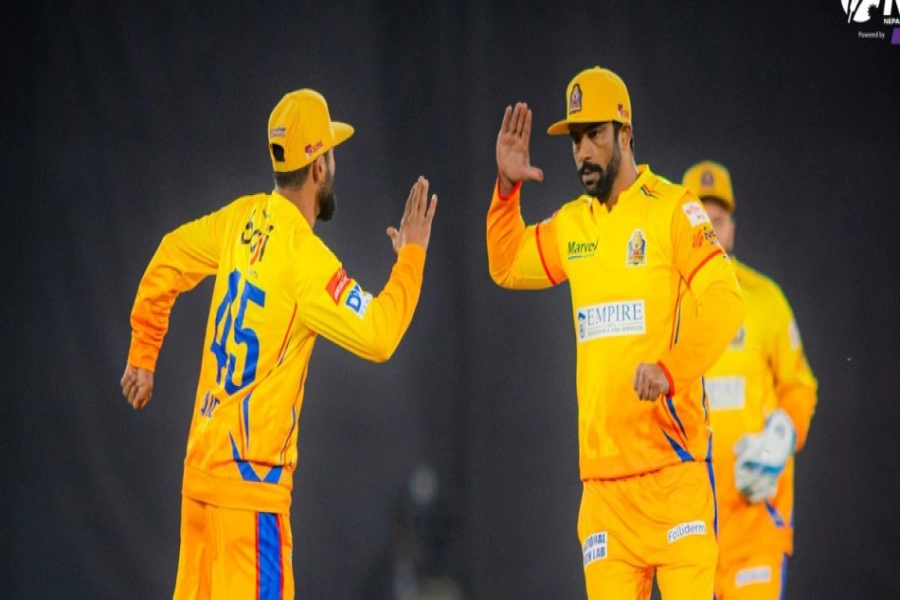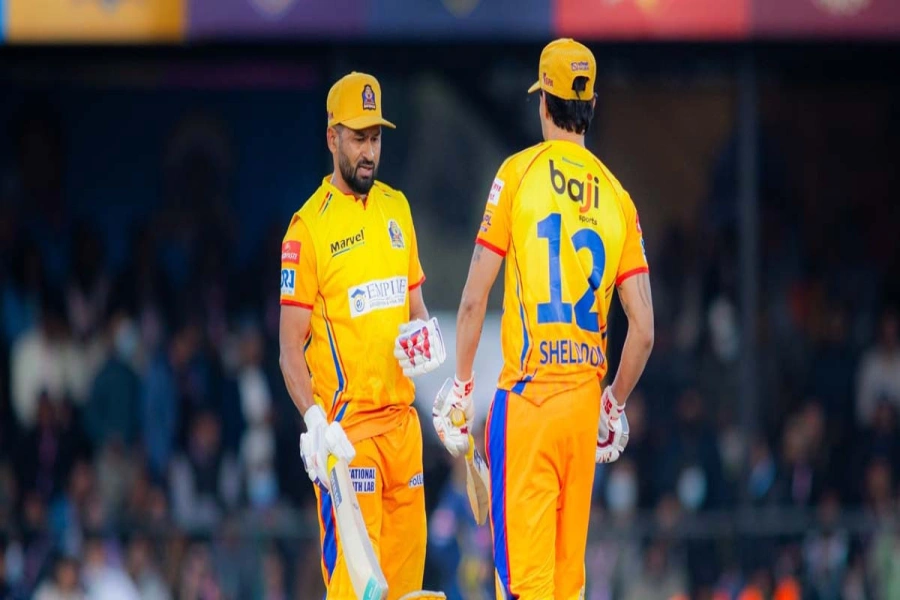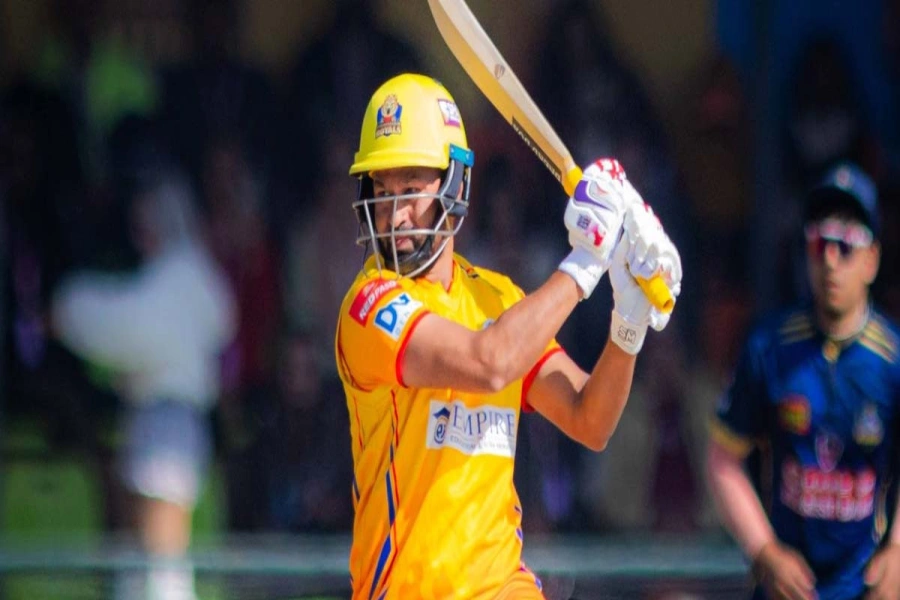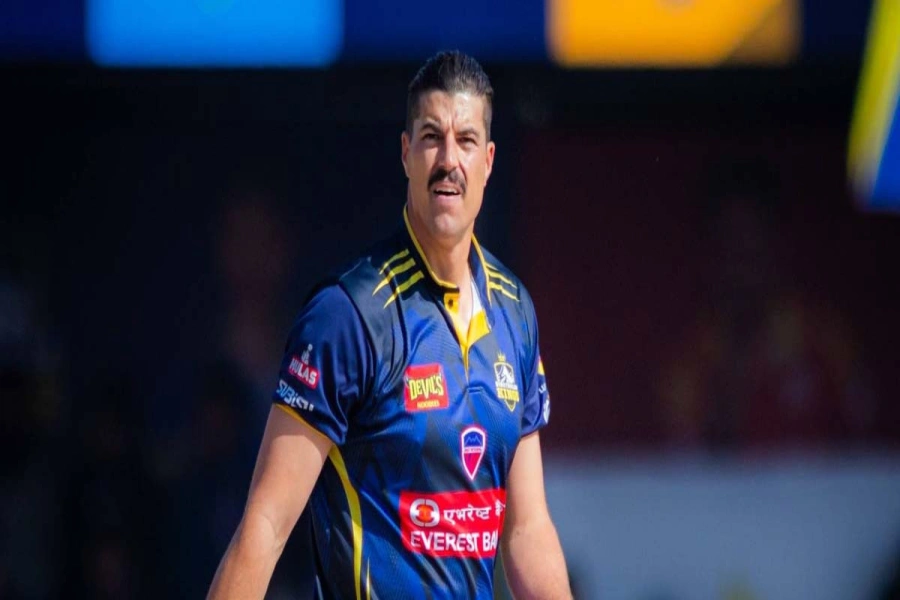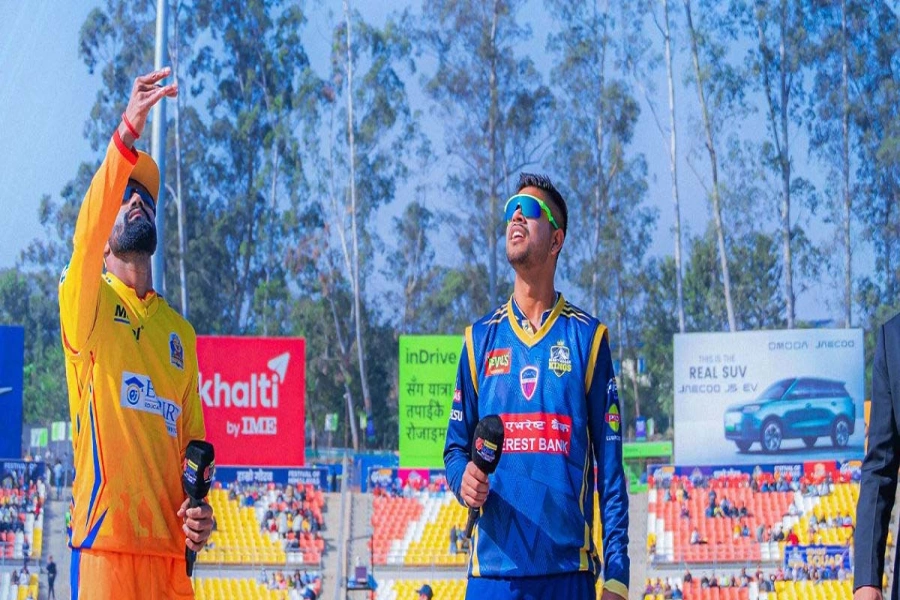“Previously one used to paint Naags (snakes) all day with the help of a wooden base, while printed pictures are used these days,” said priest Krishna Prasad Bhattarai. In addition, priests used to make janai and doro (sacred threads), the latter by mixing Kesar powder with the originally white threads, with their hands.
The old-fashioned ways, however, have been abandoned as most of the things are easily available in the market readymade. Residents of the Hilly region seem to be embracing the culture of rakhi, which used to be explicitly a south-Nepal tradition.
Janai Purnima, Nag Panchami Festival Today

These days, festive trends seem to be changing. Formerly, Hindus visited temples on these occasions and wore the sacred threads at the hands of Brahmins. These Brahmins would gather together at Puskar Tirtha of the capital of Gorkha and organize communal pujas. Rituals like reciting Gayatri Mantra, worshipping Saptarishi and eating just once a day are slowly losing their popularity. These days, limited number of Brahmins is seen on the temple premises.
“We used to wait all day for our turn to print the Naags. There were not many places where we could make janai,” said priest Bodh Prasad Adhikari. According to Adhikari, it was believed that home-made janai were more pure and stronger. However, with the rising popularity of factory made janais, people have stopped making them at home.
Rituals surrounding celebration of these two festivals have changed with time. Youngsters these days give less attention to pasting Naag on their door entrance. Similarly, they are found discarding janai after a day’s wear—which according to religious transcripts were to be worn every day after a guy’s Bratabanda (threading ceremony).
Additionally, priests these days can chose to travel through vehicles to reach few different destinations, which save both their time and money. With the commercialization of rituals, astrologers believe that these religious festivals are losing their significance in the Hindu community.
Nagpanchami and Rakshya Bandan were celebrated on the same day this year after as many as 27 years. Owing to a lunar eclipse on the day of Purnima (full moon), astrologers across the country decided to merge the two occasions together.






